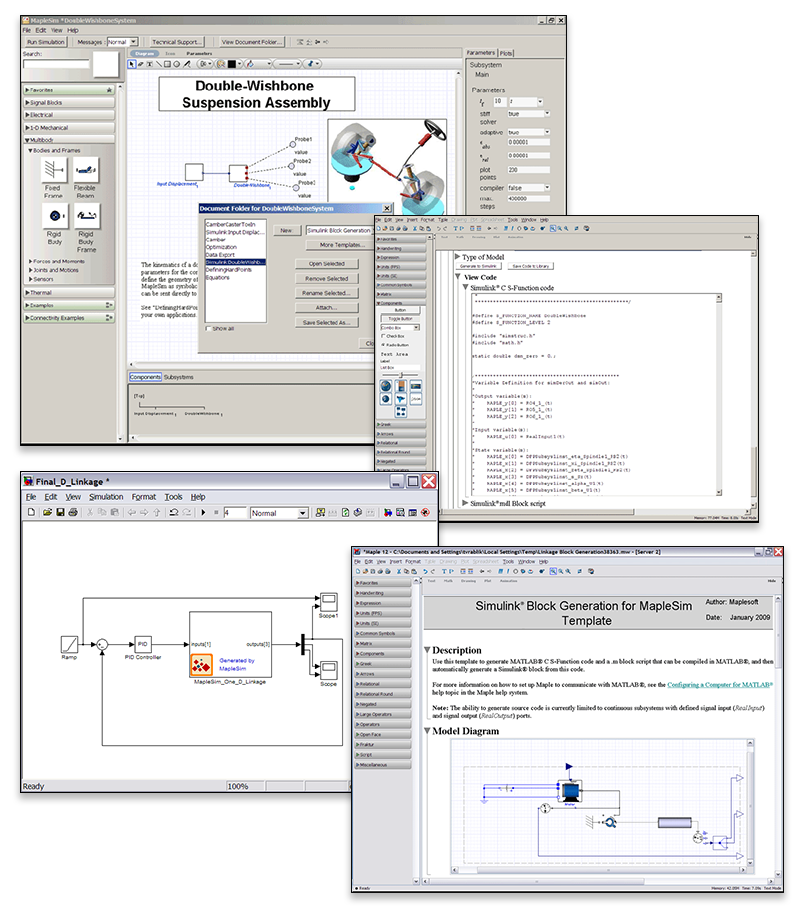
Walther P38 Serial Numbers Lookup
• Tell us some more • Upload in Progress • Upload failed. Please upload a file larger than 100x100 pixels • We are experiencing some problems, please try again. • You can only upload files of type PNG, JPG, or JPEG. • You can only upload files of type 3GP, 3GPP, MP4, MOV, AVI, MPG, MPEG, or RM. • You can only upload photos smaller than 5 MB. • You can only upload videos smaller than 600MB. • You can only upload a photo (png, jpg, jpeg) or a video (3gp, 3gpp, mp4, mov, avi, mpg, mpeg, rm).
I have a Walther P38 with a serial number of 7314n. My question is when and where was this made? I've seen lists of suffix codes but none are the 'n' code. Any info on when and where this was produced would be helpfull.
• You can only upload a photo or a video. • Video should be smaller than 600mb/5 minutes • Photo should be smaller than 5mb • You can only upload a photo.
The Walther P38 was a pistol that was developed by as the of the at the beginning of. It was intended to replace the costly, the production of which was scheduled to end in 1942. This is a 9mm Parabellum (9mmx19mm;same as Luger) with a magazine capacity of 8 rounds. The overall length is 216mm and the barrel length is 125mm. The gun weighs 800 grams empty.
This project follows classical technique for code generation from Simulink models for an embedded system application.  Flex and Bison are used in this project for code generation. Commercially available tools for code generation are Embedded Coder from Mathworks and TargetLink from dSpace.
Flex and Bison are used in this project for code generation. Commercially available tools for code generation are Embedded Coder from Mathworks and TargetLink from dSpace.
(1379) Photographs are copyrighted, all rights reserved, any extraction, reproduction or display of gun pictures without the express consent of the Phoenix Investment Arms is strictly prohibited. Thank you for your cooperation. The 0-Series was the first official P.38 variation issued to the German army. This variation is produced between June 1939 and may 1940. Serial numbers of this variation always start with a 0, hence the name 0-Series. Determination of a 0-Series pistol is easy. The Walther banner and P.38 model indication are stamped on the left side of the slide with the serial number next to it.

All parts of the 0-Series pistols are stamped with the Walther acceptance stamp E/359 The Bakelite grips are black checkered and have a round loophole for the lanyard. Most of the P.38 pistols produced after this variation have rectangular loopholes. Magazines are stamped on the housing with the respective serial number and spare mags have an additional + in front of the serial number. This is an original WWII German Walther built P-38 '0' series test gun built in 1939. It has all matching numbers on frame, slide and barrel.
All E355 code Waffenampts are good. Bluing is very good to excellent. A '0' Serial Pre-WWII issue and it is in excellent condition. No import marks. Grips are black bakelite. Bore and rifling is excellent.
A very nice example of an original Walther Banner WWII P-38 Test Series. All production was performed at the Walther plant until mid- to late 1942 when additional production began at the plant in Oberndorf (code 'byf' until early 1945, then 'svw') and at the Spreewerk plant in Hradek and Nisou, ('cyq'). Production continued until the end of the war and into the post war period. This P38 production is estimated to have been produced in numbers nearly a million. The P38 concept was accepted by the military in 1938 but production of the actual prototype ('Test') pistols did not start until late 1939. Walther began manufacturing at their plant in Zella-Mehlis and produced three series of 'Test' pistols, designated by a '0' prefix to the serial number.
The third series satisfied the previous problems and production for the Heer ( ) began in mid-1940, using Walther's military production identification code '480'. After a few thousand pistols the Heer changed all codes from numbers to letters and Walther was given the 'ac' code. The P38 is a recoil-operated, locked breech design with a vertically tilting blocking bar that connects the 4.9 inch moving barrel and the slide. The P38 has a short, open top slide. A locking wedge under the barrel holds the slide and barrel together during recoil. When the wedge reaches the limiting point against the frame, it drops down, releasing the slide to return to its forward, locked position for the next round. The trigger is double-action, with an exposed hammer and trigger bar (the link between the trigger and sear) unusually located outside of the frame at the right side.